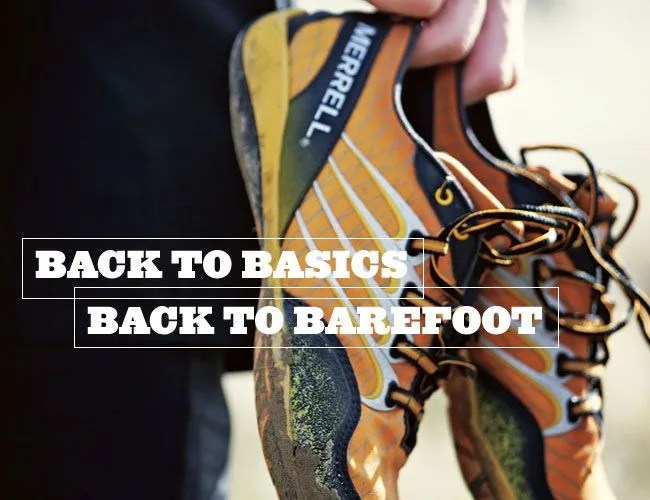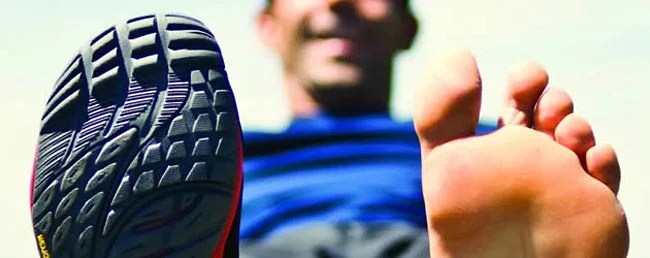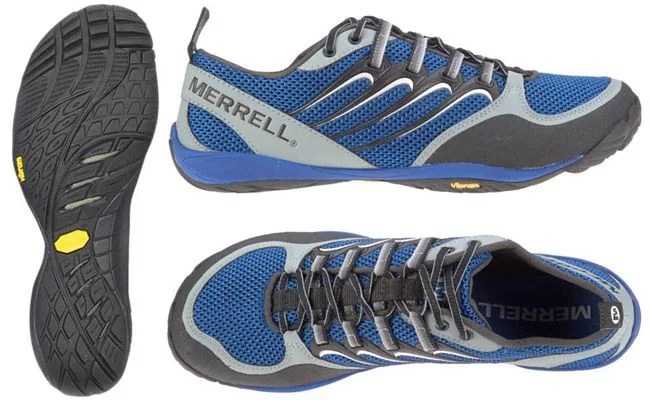
GEAR PATROL SPONSORED POST
In the last two years they’ve exploded onto the fitness scene. You’ve probably noticed them around town, at your local 10k, and running lightly on the treadmill at your gym. Who are “they”? They’re “barefoot” runners. This rapidly growing segment of running is pushing the boundaries on decades of accepted running practices and creating plenty of controversy in the process. Controversy or not, we’re always searching for an edge, so here’s the run down on this new trend.
What Is It?:

Ironically enough, barefoot running as it’s known today usually doesn’t imply being barefoot in the literal sense. Instead, it refers to the forefoot strike running form that’s typically used if running barefoot. Unlike the heel strike running form commonly used in modern running sneakers, a forefoot strike relies on shorter quicker strides where you land on the balls of your feet with your heel touching down after. Proponents report benefits such as reduced knee, back pain, and shin pain. Published research shows significantly less impact force to the body with each stride. The theory behind this is that, over millions of years, our feet evolved to walk and run just fine without shoes. The structure of your foot and lower leg are finely tuned to handle the stress of running and even running long distances. Whether that conclusively leads to fewer injuries, is still a matter of debate. Anecdotally the running style has passionate fans and is growing daily.

